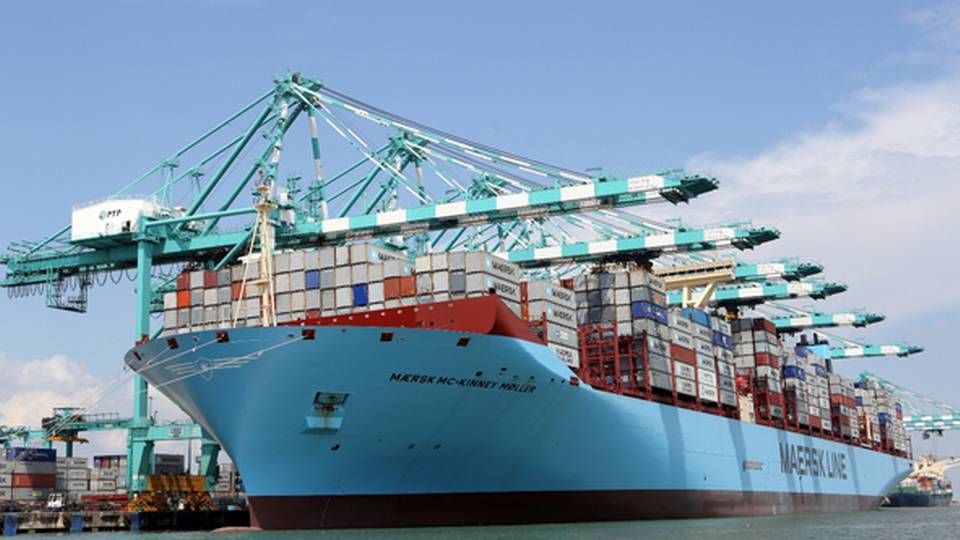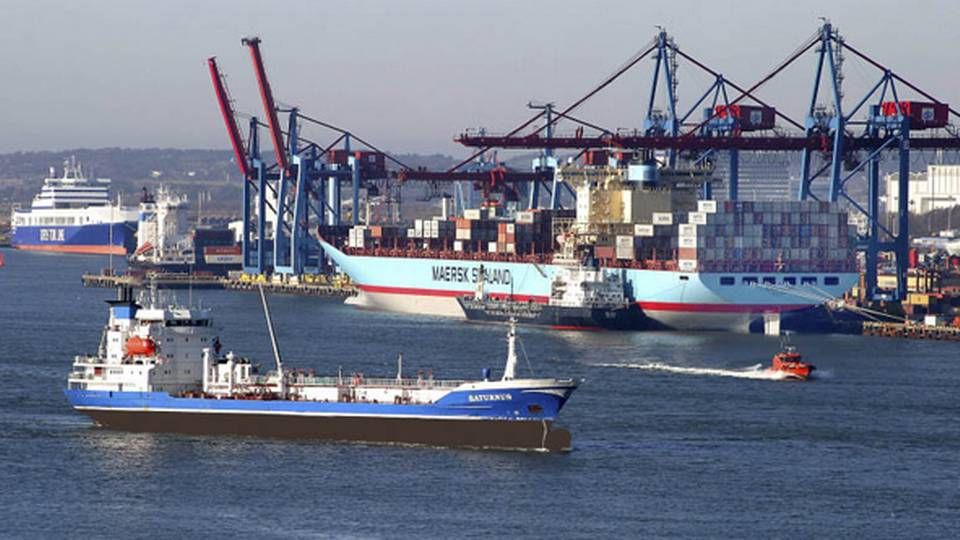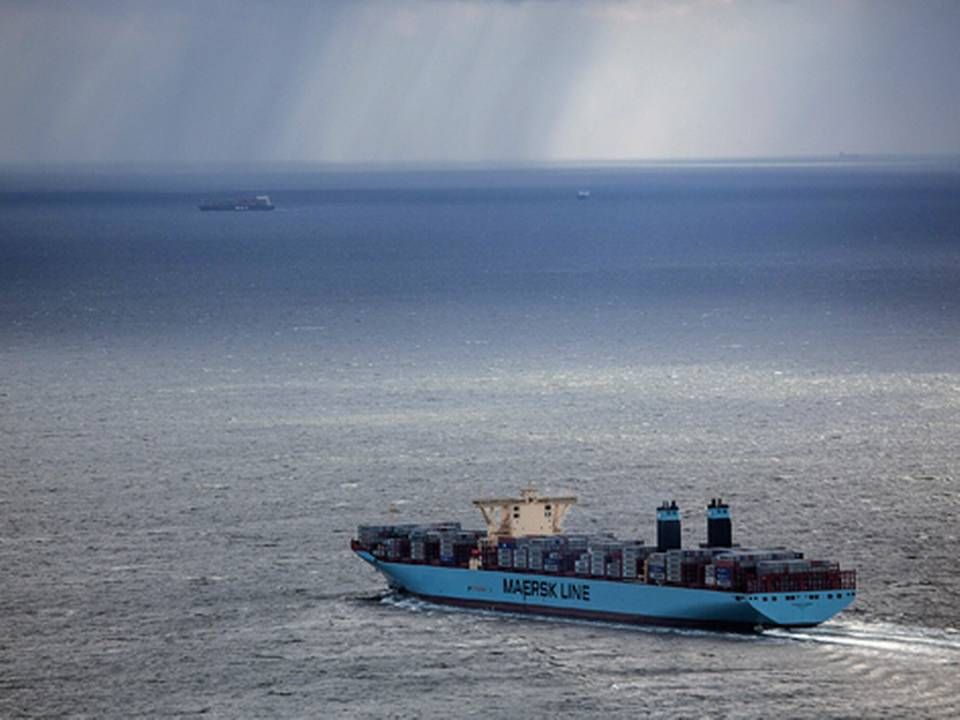Maersk Line turns the clock back one year

Lars Mikael Jensen was expecting to become CEO of the P3 alliance and that his new office would be in London in a few months' time.
He was appointed Chief Executive Officer of the now abandoned collaboration already after the summer 2013, tasked with building the coming organization for the network alliance between Maersk Line, MSC and CMA CGM.
But following the Chinese rejection he - along with the other people involved in the project group - has been notified that his future now once again lies with Maersk Line, back where he came from. And thus the container carrier is on the one hand turning back the time to the starting point roughly one year ago, while on the other hand, the carrier's management team has to convince the world that it has a solid plan for a future outside an alliance.

Lars Mikael Jensen
The project group and the employees from the three carriers' counting on a job in P3 are not the only ones who will now have to rethink what is going to happen in the coming years. According to some of the most important stakeholders with insight into the container industry, the Chinese decision has redistributed the cards in a new and - to most - surprising manner.
Eight independent carriers
This goes for the scenario a majority of people envisioned of a future where the three major alliances would dominate - not to say control - most of the container industry. The belief has long been that no one would be able to survive on the big trades outside of an alliance, and that virtually all global container transport would take place within one of the three major alliances; P3, G6 and CKYHE.
But as partner and CEO of SeaIntel Lars Jensen points out, there are now really eight independent players again among the Top 20 container carriers, and the game is wide open in terms of the future container market. From the prospect of having three big carriers there are now a total of five big carriers, as the three P3 partners each have a massive presence in the market. Add to this the two alliances which look set to continue.
"The carriers behind P3 have lost a year in which they could have worked on making their economy even more efficient in light of the current situation today," says Lars Jensen.
Winners and loser
Ahead of the decision there was speculation about who stood to gain the most from the P3 alliance, and who was putting most on the line. Numerous analysts pointed out that Maersk Line was at risk of surrendering its first place on the list of the most reliable container carriers in the world by allying itself with, in particular, MSC, a carrier that traditionally clocks in at the bottom of the rankings in terms of precision on the world seas.
On the flip side, many are now asking who benefits the most and who loses the most from the Chinese rejection. On the one hand, senior manager of supply chain research at Drewry, Simon Heaney, estimates that Maersk Line being – at least seen from the outside – the driver of the alliance it risks losing some public face after the collapse. Furthermore, Maersk Line has been very specific about the cost reductions that would result from the P3 alliance.
Lars Jensen adds that MSC in particular would have benefited significantly from the expanded network, the basic idea behind the P3 collaboration. Namely being part of a pool of ships which meant that there would always be an alternative if a sailing had to be cancelled.
Ports also affected
A whole other part of the industry that also will have to turn back the clock now are the ports that had been - or were expecting to be - chosen as P3 ports, such as Antwerp or Wilhelmshafen. Ports across the globe had started to prepare for the large-scale alliance with new sailing schedules, but now they need to change plans again, back to something that more closely resembles the scenario one year ago.

Simon Heaney says that the decision can impact an entire industry, as the planned network alliance would have helped to bring rationalization in the fleet capacity. Instead, now it can provoke some carriers to accelerate the ordering of new tonnage.
"Right now, the question is if Maersk Line has a Plan B," as Simon Heaney puts it.
There are no guesses yet at how much the P3 alliance has already cost, but the mere fact that it has been difficult to find a major European law firm within the last year that has not been directly or indirectly involved in the process gives some idea of the scope of the matter.
P3 fought hard to convince the Chinese
Related articles
Shippers pleased with P3 collapse
For subscribers




















